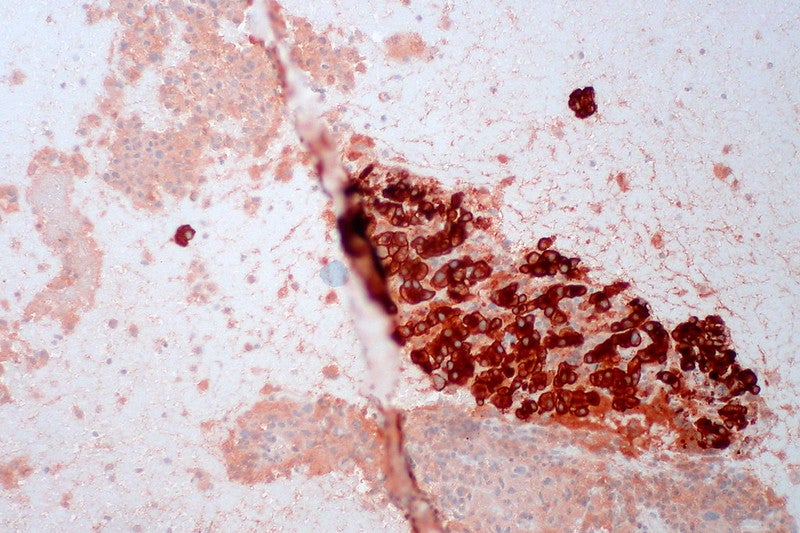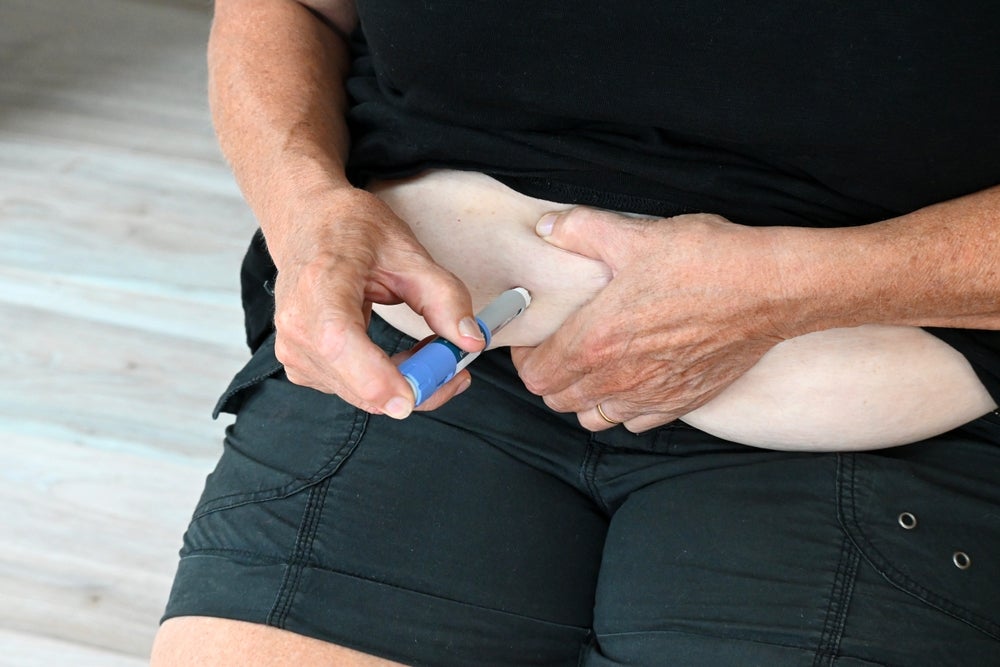
CytomX Therapeutics has launched a Phase II clinical trial of its drug candidate CX-072 in combination with Yervoy (ipilimumab) for the treatment of relapsed or refractory melanoma.
CX-072 is an anti-PD-L1 Probody, while Yervoy is Bristol Myers Squibb’s anti-CTLA-4 antibody.
The Phase II PROCLAIM-CX-072-00 study will assess the combination in unresectable or metastatic melanoma patients who progressed or relapsed after a PD-1/PD-L1 immune checkpoint inhibitor therapy.
During the open-label, multi-centre trial, the efficacy and tolerability of 800mg CX-072 every three weeks will be tracked when given in combination with ipilimumab at 3mg/kg every three weeks for four cycles.
Following the completion of the combination phase, treatment with CX-072 will be continued once every two weeks until disease progression.
The trial’s primary objective is the overall response rate (ORR), while secondary objectives are CX-072’s safety and tolerability. Initial results from the study are expected to be reported next year.
How well do you really know your competitors?
Access the most comprehensive Company Profiles on the market, powered by GlobalData. Save hours of research. Gain competitive edge.

Thank you!
Your download email will arrive shortly
Not ready to buy yet? Download a free sample
We are confident about the unique quality of our Company Profiles. However, we want you to make the most beneficial decision for your business, so we offer a free sample that you can download by submitting the below form
By GlobalDataCytomX Therapeutics chief development officer Amy Peterson said: “Patients whose melanoma has progressed despite prior treatment with checkpoint inhibition remain a significant unmet medical need.
“This exciting study leverages our unique technology platform to enable a more powerful combination therapy directed against the two best validated pathways in immuno-oncology and could represent a significant advance in outcomes for these patients who have few treatment options.”
The company has also reported new results from the Phase I PROCLAIM-CX-072-001 trial of the combination in patients suffering from advanced solid tumours.
According to the results, 27 evaluable patients treated with the combination had a disease control rate of 37%. In addition, five patients experienced confirmed objective responses, including one complete response, with a 19% ORR in heavily pretreated patients.
The median duration of response was 14.6 months. The CX-072 and Yervoy combination was generally well-tolerated without any new safety signals.







